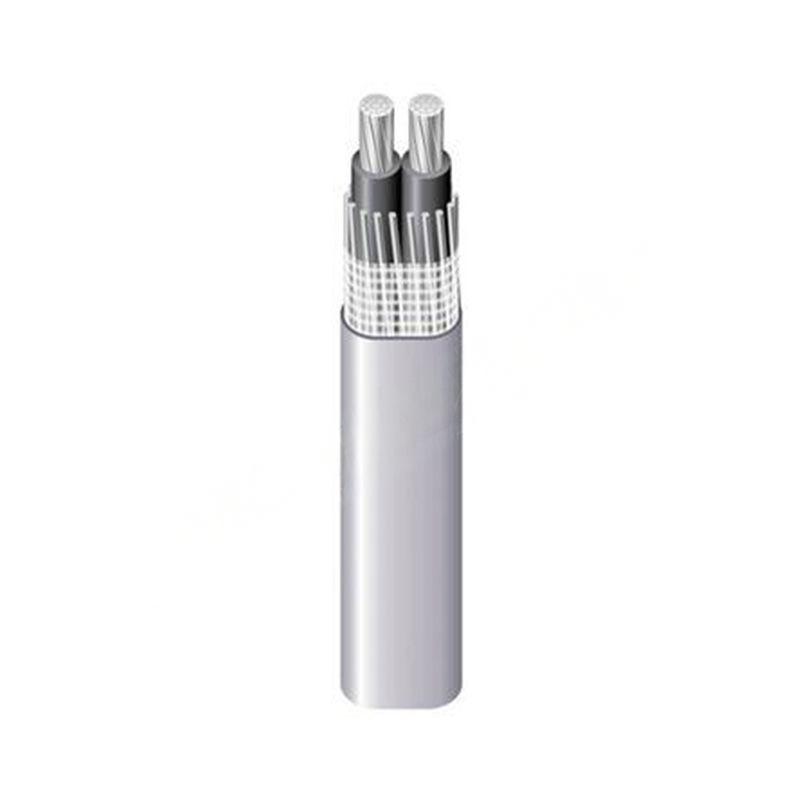Dec . 09, 2024 19:24 Back to list
High-Quality Stainless Steel Ball Valve for Durable Performance and Reliability
Stainless Steel Ball Valves The Key to Reliable Fluid Control
In industrial processes and plumbing systems, controlling the flow of liquids and gases is crucial. One of the most effective devices for this task is the stainless steel ball valve. Renowned for their durability, reliability, and versatility, stainless steel ball valves have become a popular choice across various applications, from residential plumbing to large-scale industrial systems.
What is a Ball Valve?
A ball valve is a type of quarter-turn valve that uses a spherical disc (the ball) to control fluid flow. The ball has a hole through the center, and when the valve is open, the hole is aligned with the flow, allowing fluid to pass through. When the valve is closed, the ball rotates to block the flow completely. This design enables quick shut-off and provides excellent flow characteristics.
Why Choose Stainless Steel?
The material of construction plays a critical role in the performance and longevity of any valve. Stainless steel, an alloy of steel with chromium, is highly resistant to corrosion, heat, and wear. For ball valves, this characteristic is particularly important because they are often used in challenging environments, such as chemical plants, water treatment facilities, and oil and gas applications. Stainless steel ball valves offer several advantages over other materials
1. Corrosion Resistance Unlike standard steel, stainless steel does not rust or corrode when exposed to moisture or harsh chemicals. This property ensures that the valves maintain structural integrity and functionality over time.
2. Temperature Tolerance Stainless steel can withstand a wide range of temperatures, making it suitable for high-temperature applications as well as cryogenic conditions. This versatility makes it a reliable choice for various industries.
3. Durability and Strength Stainless steel is known for its strength and durability. It can handle high pressures and is less likely to deform under stress compared to plastic or other less resilient materials.
4. Hygienic Properties In applications such as food and beverage processing or pharmaceuticals, the hygienic properties of stainless steel make it an ideal choice, as it can be easily cleaned and sanitized.
Applications of Stainless Steel Ball Valves
stainless steel ball valve

Stainless steel ball valves are employed across a broad spectrum of industries
. Some common applications include- Water and Wastewater Treatment Ensuring efficient flow control in treatment facilities where corrosion resistance is essential. - Oil and Gas Industry Used in pipelines and refineries, these valves can handle corrosive fluids and high pressures. - Chemical Processing Stainless steel ball valves are vital in controlling the flow of chemicals safely and efficiently. - Food and Beverage Production Their hygienic properties make them ideal for applications where cleanliness is paramount.
- HVAC Systems Used to regulate flow in heating, ventilation, and air conditioning systems.
Choosing the Right Ball Valve
When selecting a stainless steel ball valve, several factors must be considered
- Size and Flow Rate Ensure the valve selected matches the pipe size and the required flow rate for the application.
- Pressure Rating Check the maximum pressure the valve can handle to avoid failures under operational conditions.
- End Connections Ball valves come in various end connection types, such as threaded, flanged, or welded, which must fit the overall piping system.
- Type of Actuation Depending on the application, you may need manual valves or automated options that can be operated via pneumatic, electric, or hydraulic actuators.
Conclusion
In summary, stainless steel ball valves are essential components in many fluid control systems due to their durability, resistance to corrosion, and versatility in various applications. Choosing the right stainless steel ball valve can significantly impact the efficiency and safety of fluid handling processes. As industries continue to evolve, the demand for reliable and robust valve solutions like stainless steel ball valves will undoubtedly grow, contributing to the advancement of modern engineering and technology.
Share